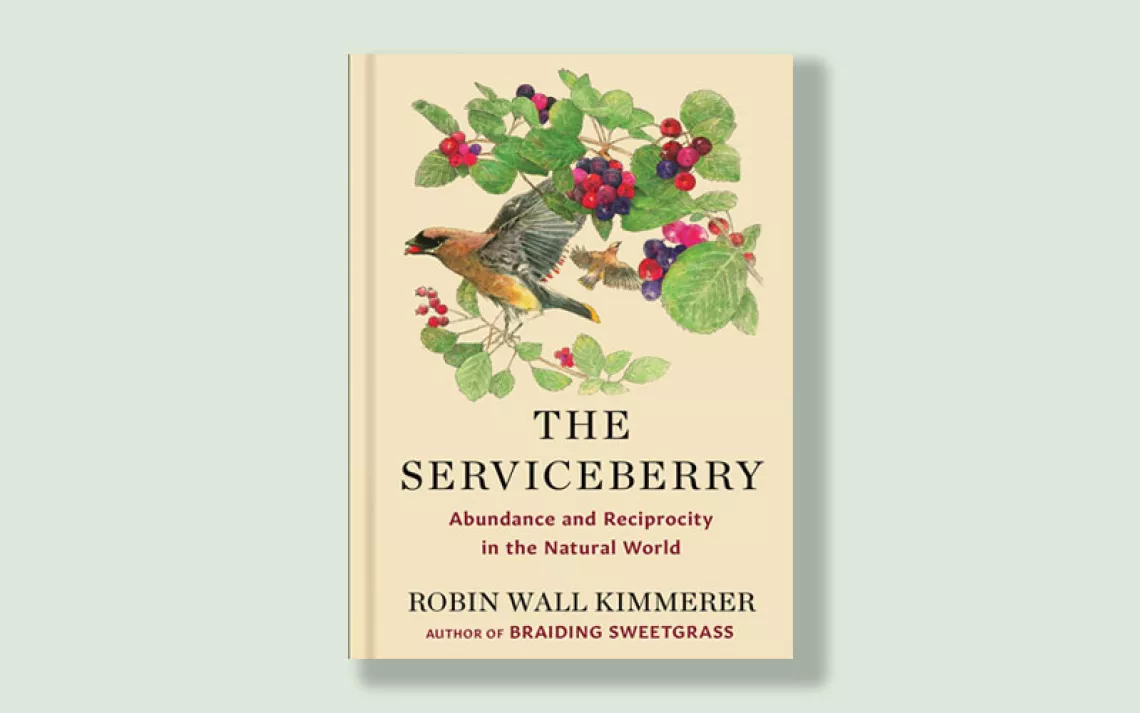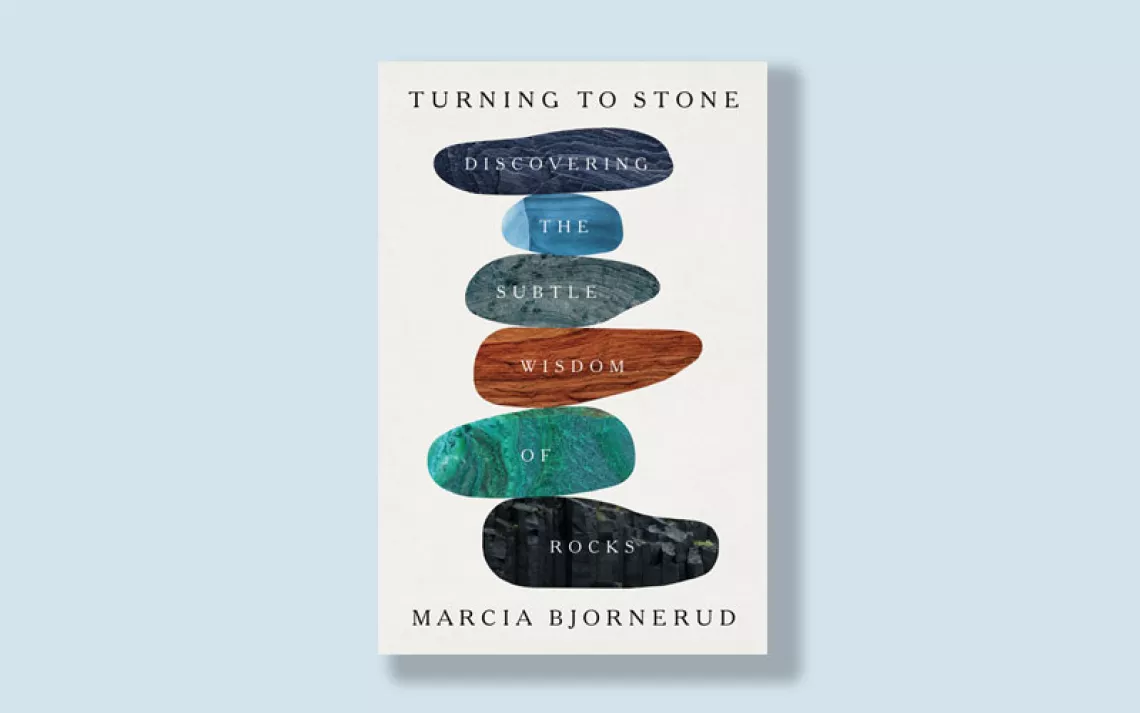Best-selling Science Writer Charles Mann Has Always Been a Tinkerer
The author of "1491" and "The Wizard and the Prophet" on his passion for storytelling

Charles C. Mann sits on the rocky front porch of his house in Amherst, Massachusetts. | Photo by Doug Levy
Twenty years ago, Charles C. Mann was standing at a curb on a cold February morning moments after his first child, a daughter, had been born. It was 3 A.M. As he tried to take in all that had happened, a curious thought crossed his mind.
"I was thinking about my kid," Mann told Sierra, "blown away by the fact that a new human life had come into the world, and it just popped in my head: My god, there's going to be 10 billion people in the world!"
That thought eventually led to a series of journalistic inquiries with scientists: What world will we leave to the next generation should the global population keep rising and climate change and biodiversity loss continue unabated?
Mann delivered the results of those inquiries earlier this year in his brilliantly written new book, The Wizard and the Prophet: Two Remarkable Scientists and Their Dueling Visions to Shape Tomorrow's World (Alfred A. Knopf, 2018). He had discovered that two of the most influential 20th-century scientists, Norman Borlaug and William Vogt, spent their careers trying to solve what they felt was the most significant conundrum of their time—how to survive the next century without a wrenching global catastrophe if people overwhelm the planet's dwindling natural resources—yet they reached radically different conclusions.
The Wizard and the Prophet is the latest achievement in a sterling career in environmental letters. Mann is a three-time National Magazine Award finalist, the author of numerous books and articles, and a freelancer for Science and The Atlantic. His pieces are regularly included in the Best American Science and Nature Writing series. His book 1491, in which he challenges historical assumptions about Native American life circa Christopher Columbus, won the National Academies of Sciences' award for best book of the year.
Mann's literary curiosity can be traced back to a childhood spent making stuff. He was born in 1955 into an itinerant family that moved from one midwestern town to another. His father was an automobile executive who regularly shifted jobs. There was a lot of upheaval in those early years, but one thing was consistent: Mann loved creating things. Almost all his hobbies involved building or problem-solving. He liked to spend weekends with his dad fixing cars. He was also a nerdy kid who loved books and devoured just about everything he read: cheesy science fiction, biographies, folktales.
His father quit the corporate life when Mann was 10, and the family moved to Seattle to open a marine business. "Suddenly we were on the water all the time," Mann says. "We'd go out on boats in the San Juan [Islands] or go camping or hang out on the beach. It was incredibly beautiful."
It didn't take long for his love of books, building, and the outdoors to align into a writing career. "I'm one of the rare writers who actually like writing," Mann says. "I like the process. I've always liked making stuff, and this is my way of making stuff."
Mann's wife, Ray Kinoshita Mann, is a builder like him. An architect and an associate professor at the University of Massachusetts, Amherst, she designed a passive, near-zero-energy timber-frame house that the family lives in today. It has an interior courtyard, built as an atrium green space, which serves as a core for heating and cooling.
Mann offers no road map for the future in The Wizard and the Prophet—but that was never the intent.
"I was thinking about my daughter," he says, "and wondering, is there a book that she or her cohort could read in school that would say, 'Look, these are some of the issues that your generation will be confronted with. I don't want to tell you what to do—that's your decision—but here is the groundwork that will equip you to make that decision for yourselves.'"
This article appeared in the September/October 2018 edition with the headline "The Builder."
 The Magazine of The Sierra Club
The Magazine of The Sierra Club



